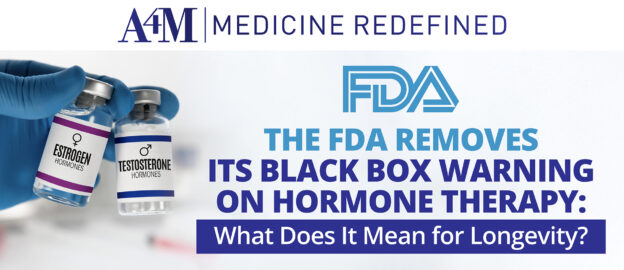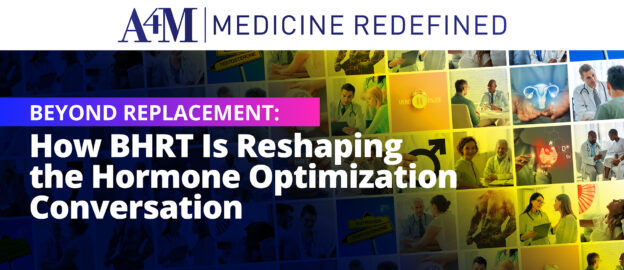After more than two decades, the U.S. Food and Drug Administration (FDA) is initiating the removal of broad “black box” warnings from hormone replacement (HRT) products for menopause. The decision to update the FDA’s position follows a comprehensive review of the scientific literature, an acknowledgement of the expert panel’s findings in July, and a public comment period.
Now, the agency is collaborating with companies to update product labeling to remove references to the risks of cardiovascular disease, breast cancer, and probable dementia, acknowledging that HRT’s risks are not uniform—they vary based on patient factors, delivery method, and formulation.



